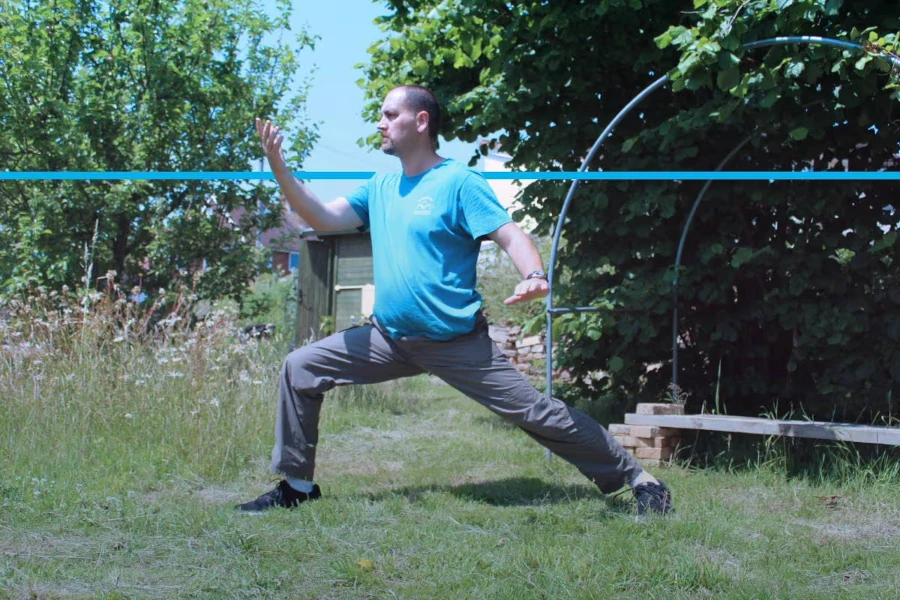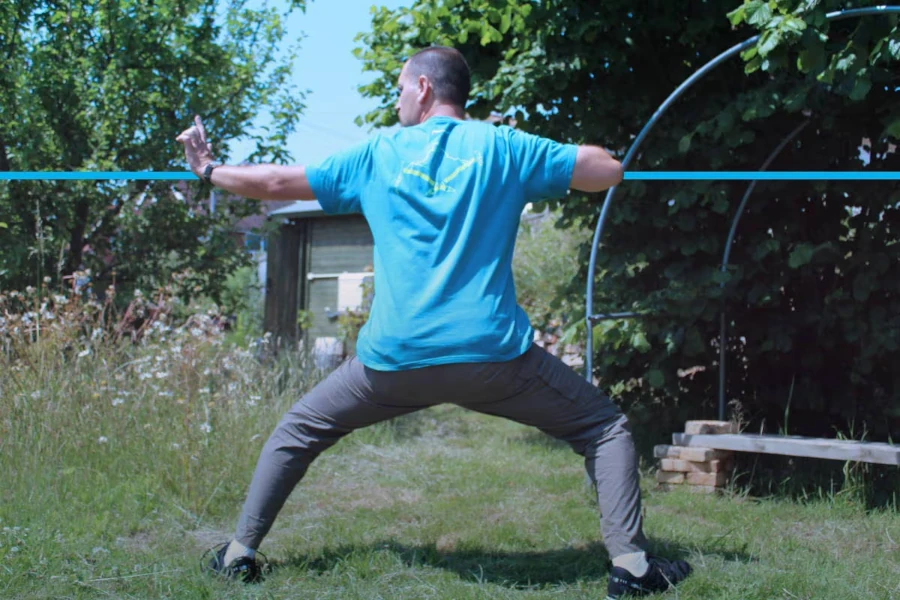Living with arthritis can make any form of exercise painful. But it has been demonstrated over and over that moving painful and arthritic joints can have huge health benefits.
Finding the right activity for you and your specific joint pain is key. One form of exercise growing in popularity is Tai Chi. Originating in ancient China, Tai Chi started as a martial art but displayed such health benefits it bestowed on those practising that it was adapted into a physical and mental exercise. While some traditional Tai Chi schools still have a martial ethos most are now health or exercise centred.
FlexiSEQ spoke with Tai Chi Nation director Joe Salmon – who has been practising Tai Chi for 25 years – to find out how Tai Chi works and how it can help joint pain and arthritis.
Low impact & relaxation
Tai Chi has some very practical health benefits. It’s a low-impact exercise which is key to those living with joint pain. It’s mostly very gentle, the movements are very flowing and slow. It gives the joints a chance to move gradually and open. It can improve your balance and coordination as well as your mental focus. You’re present in what you’re doing but everything else fades away so it is also a form of meditation which can greatly benefit mental health.
A good Tai Chi practitioner can relax every muscle in the body. By relaxing muscles that are supporting an arthritic joint, you help alleviate the pain those muscles are experiencing. When you’re in pain, you tense the muscles around the area which in turn makes the pain worse. Tai Chi encourages you to relax and be aware of those muscles.
Oiling from the inside
Tai Chi creates movement in ways you might not usually practice that can help strengthen the supporting muscles around painful joints while getting joints moving. We say it oils the body from the inside.
If you’re living with arthritis you can find pain causes you to compensate with another part of your body thereby putting a strain on it. Tai Chi can help you address this by improving posture and getting painful joints gently moving.
Building a posture
Tai Chi is about achieving structure within a posture. You use your body to the best of your ability with the minimum amount of effort. Being aware of where your body weight is and how you’re connected to the ground is key. It’s called ‘having a root’. It makes you self-aware of where you’re placing your body and supporting it. So for example, I have a student who has both ME and MS and she’s been practising Tai Chi for seven or eight years now and her balance is as good as mine because she practices every day.
In Tai Chi you have your feet on the ground, you rest your hips on your feet, your shoulders on top and so on. Then you relax in that posture, so the body naturally supports itself. When people try and balance they tense up, this causes the body to rise up and become unbalanced. You can practice it, stand up and tense your muscles, you’ll feel the whole body go up which can make it go off balance. Every Tai Chi posture is built from the ground up. The feet are the foundations the body is the building and the head is the roof on top.
Flexibility, stamina, strength

Tai Chi can help increase flexibility, stamina and strength, all things that could help someone who is still highly active as well as those looking for something a little more relaxing than say a run. I’ve met people practising Tai Chi who are fitter and stronger in their 70s than I was in my 30s.
Practice at your own level
There is no burn, no trying to outdo yourself or anyone else in Tai Chi. That gentle movement, you do what you can and you build it up over time. It’s called working to a soft limit. You’re not pushing yourself, you go as far as you can and then you stop. If you want to go a bit further you can, but you’ll get there. With that mindful attention to what you’re capable of doing you can gradually improve your fitness, your flexibility and your pain management.
__
Find out more about Tai Chi and if it could help improve your joint health by visiting Tai Chi Nation.
You can also follow Tai Chi Nation on Twitter, Instagram and Facebook.
Joe also recommends finding out more about Tai Chi through the Tai Chi Union of Great Britain.




